When the Counts of Leval took over ownership during the 15th century, Guy XII de Leval enlarged the castle/chateau. Later that century (1487), during the ownership of Guy XV de Leval, French troops invaded Vitre and occupied the Chateau (without a fight).
As the plague raged through nearby Rennes during the 16th century, the Parlement of Brittany took refuge from it within the Chateau de Vitre three times (1564, 1582, and 1583). Throughout this same period, as religious persecution rose, the castle served as a Huguenot (French Protestants) stronghold. In 1605, the chateau became the property of the Tremoille family, but was quickly abandoned by the end of the century - resulting in a partial collapse of the castle’s Saint-Laurent tower. During the late 18th century, another fire pretty much destroyed the complex.
Once the 19th century had dawned, a prison was constructed in the northern portion of the residence. Later (1876 - 1877) , it was transformed into military barracks. Towards the end of the 19th century, the town took ownership of the property and began restoration efforts.
Today, Vitre’s Town Hall is located within the old chateau’s walls. Chateau de Vitre became one of the first Medieval castles to be listed as a French Historic Monument (June 1872).
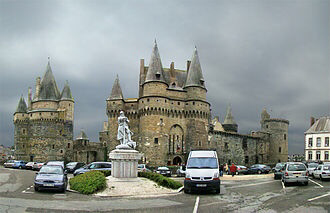
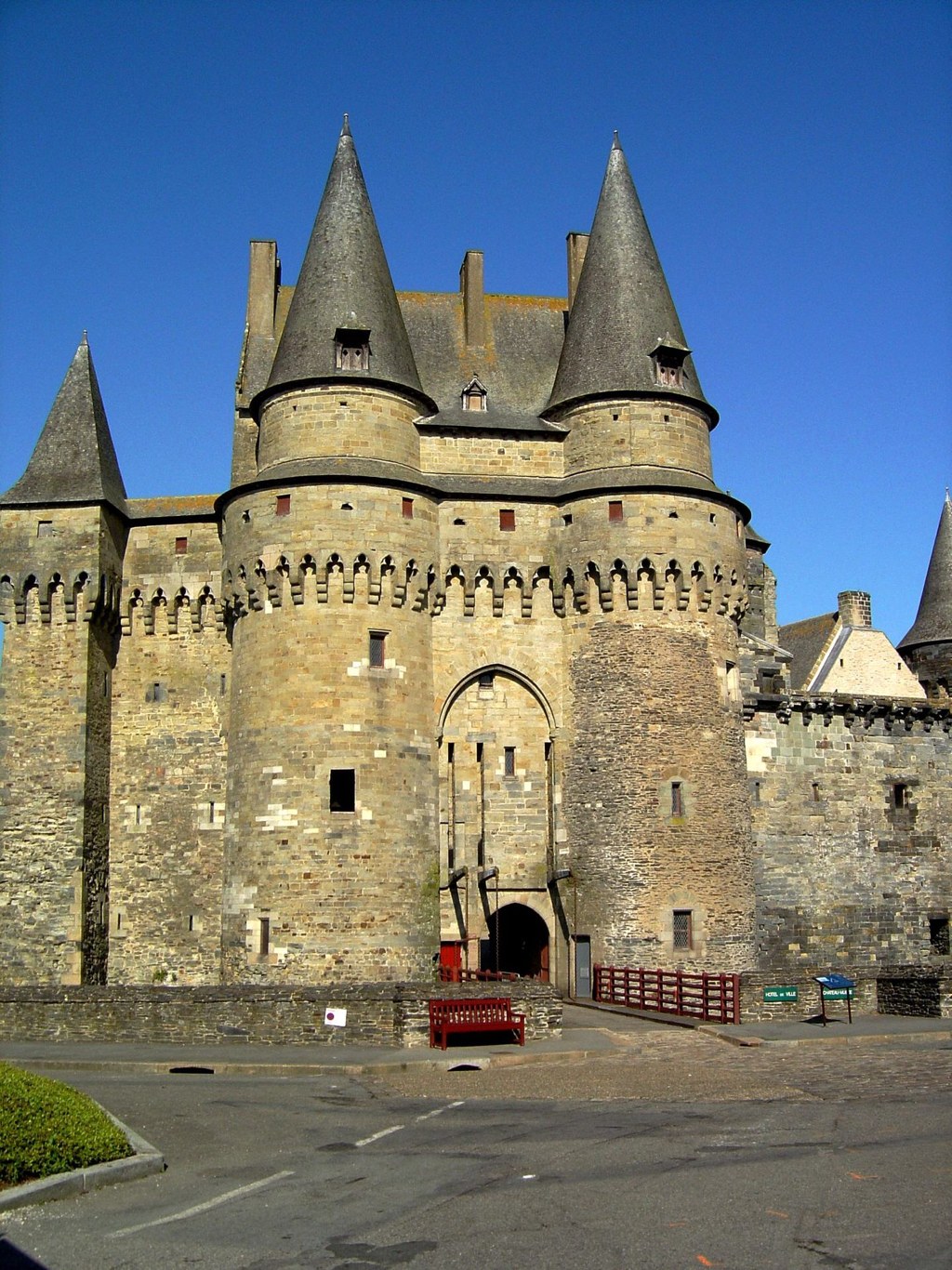
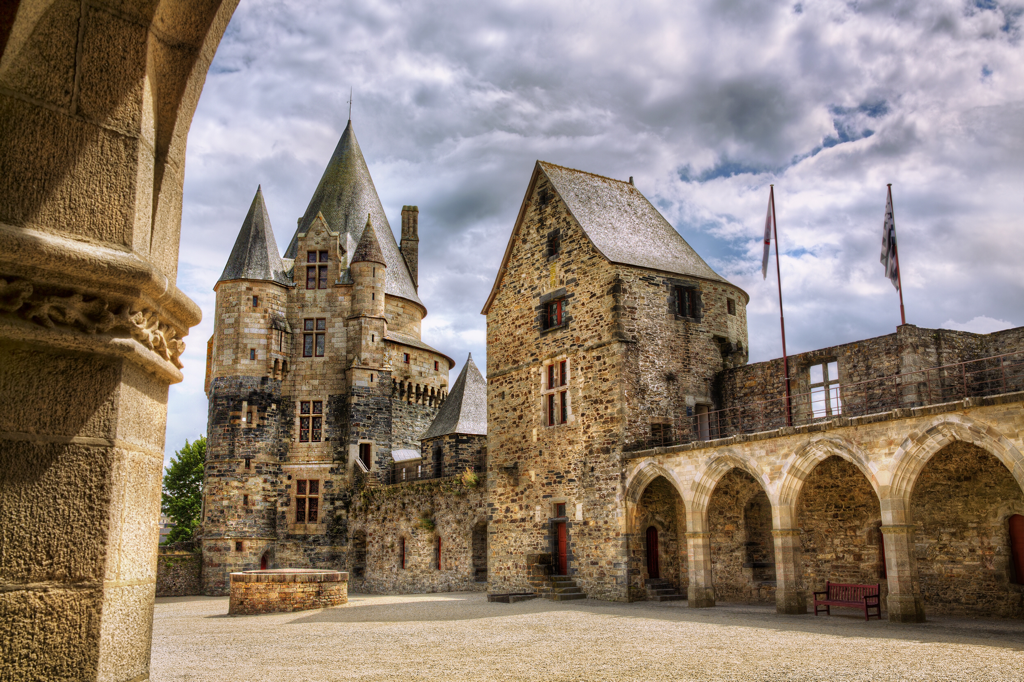
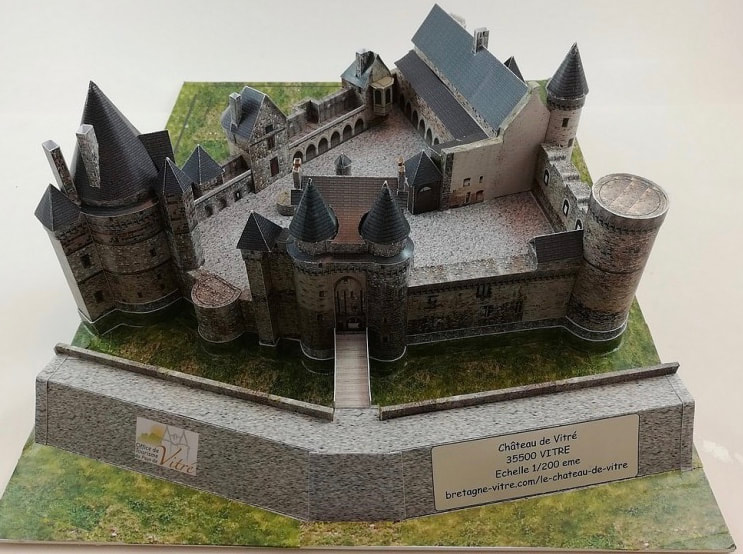
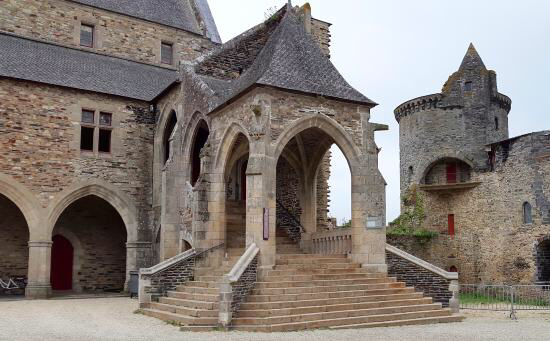
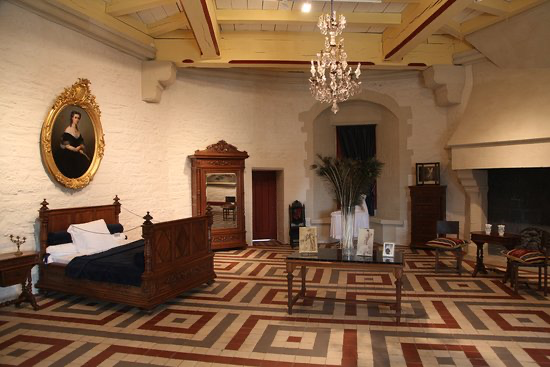
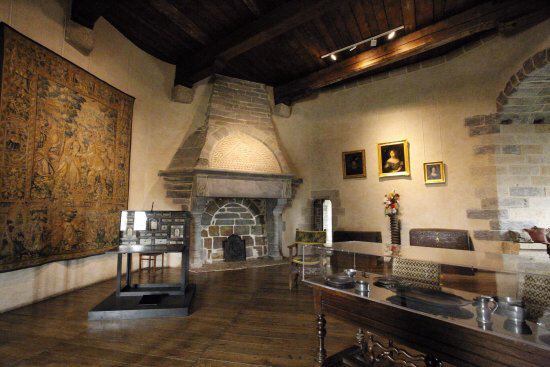
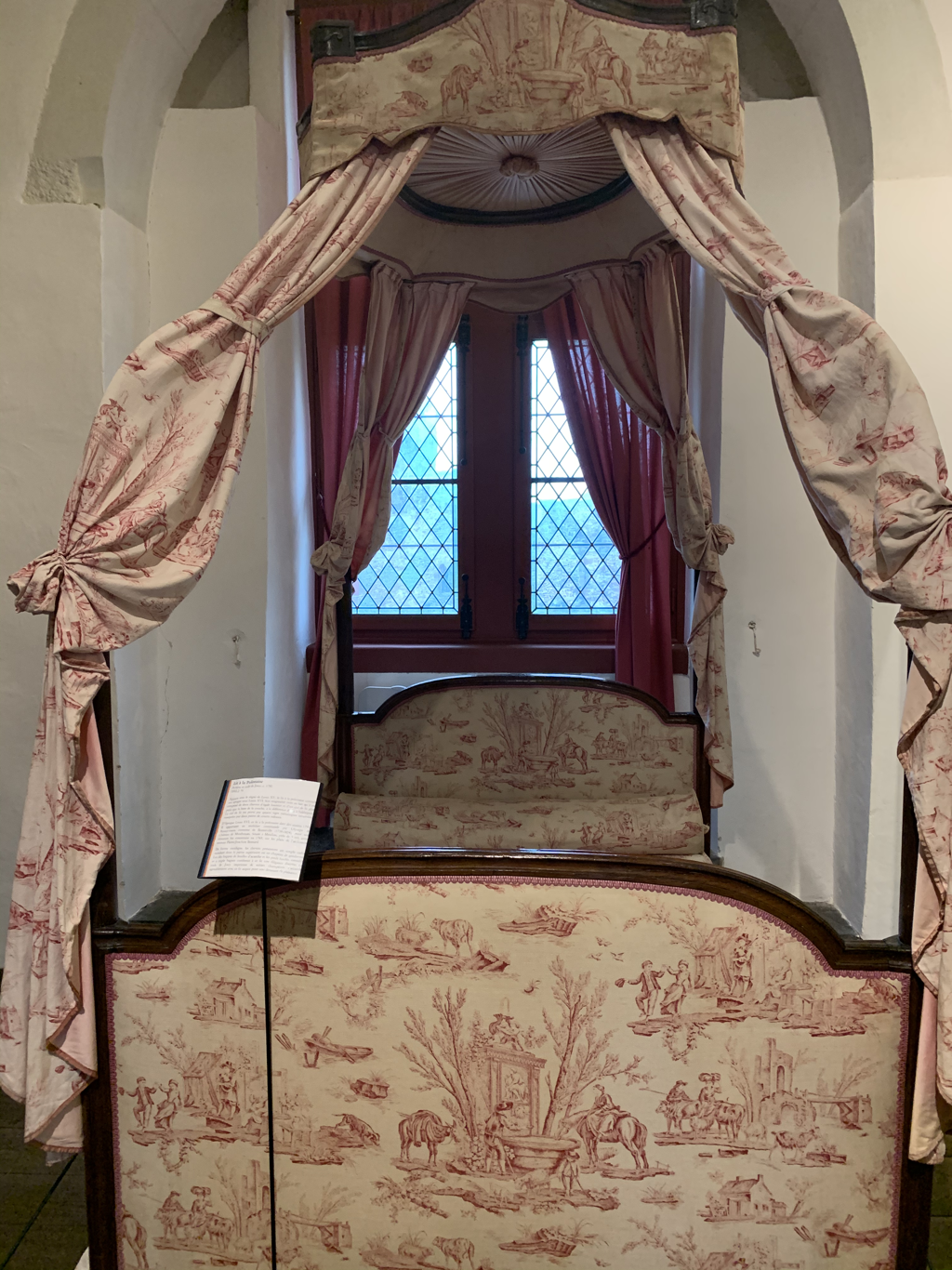
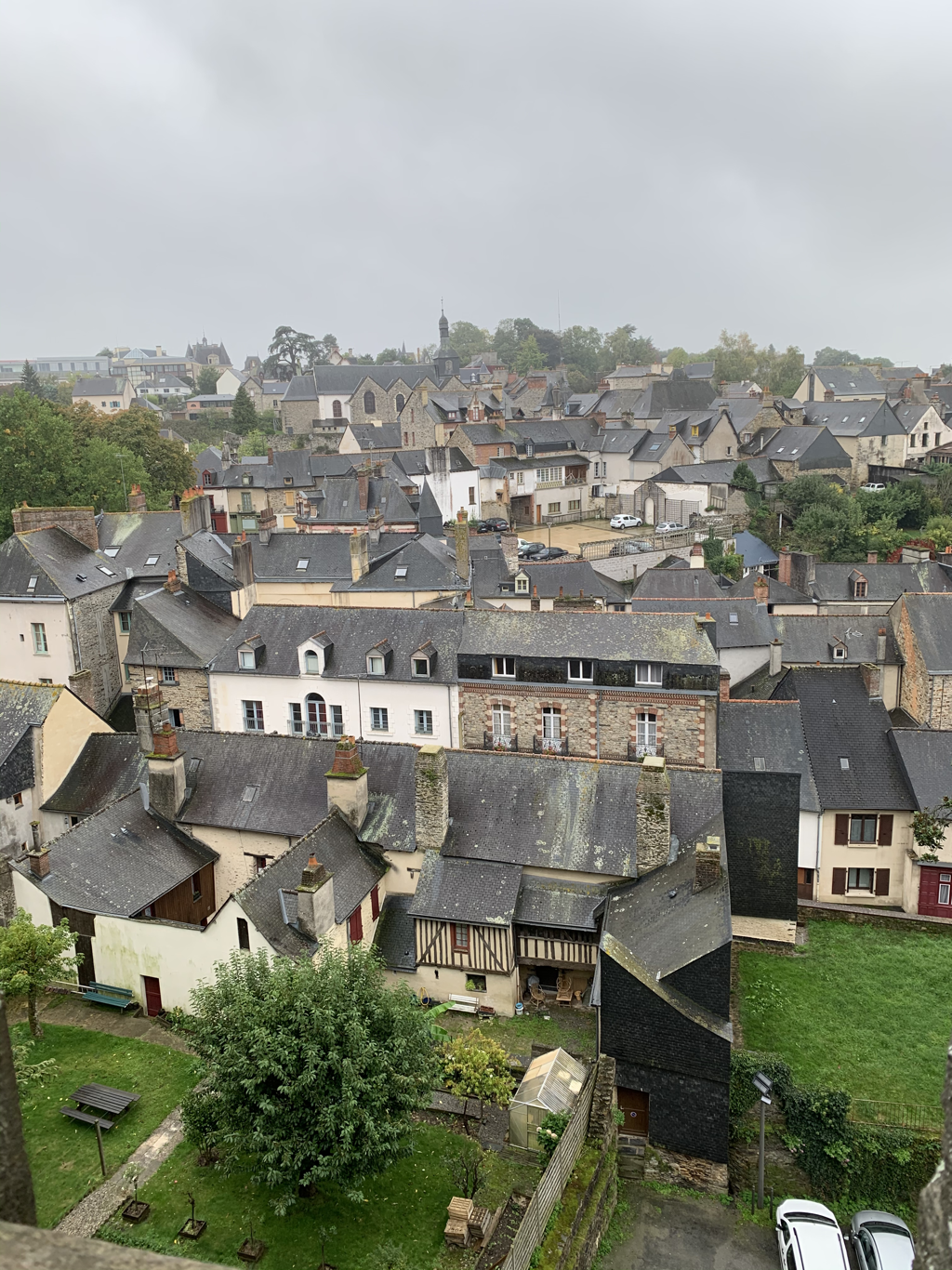
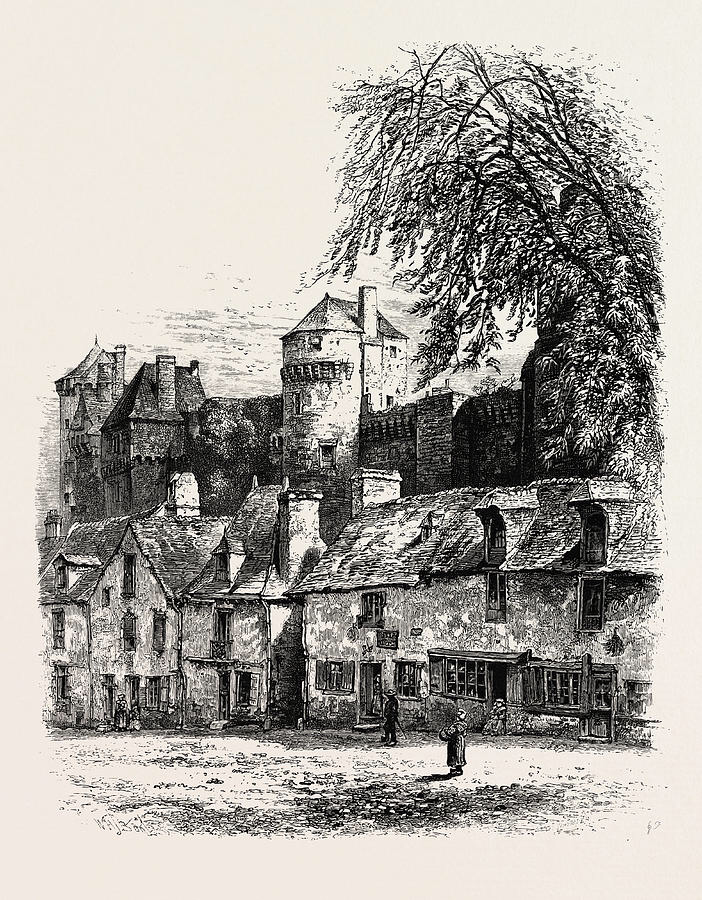
 RSS Feed
RSS Feed
